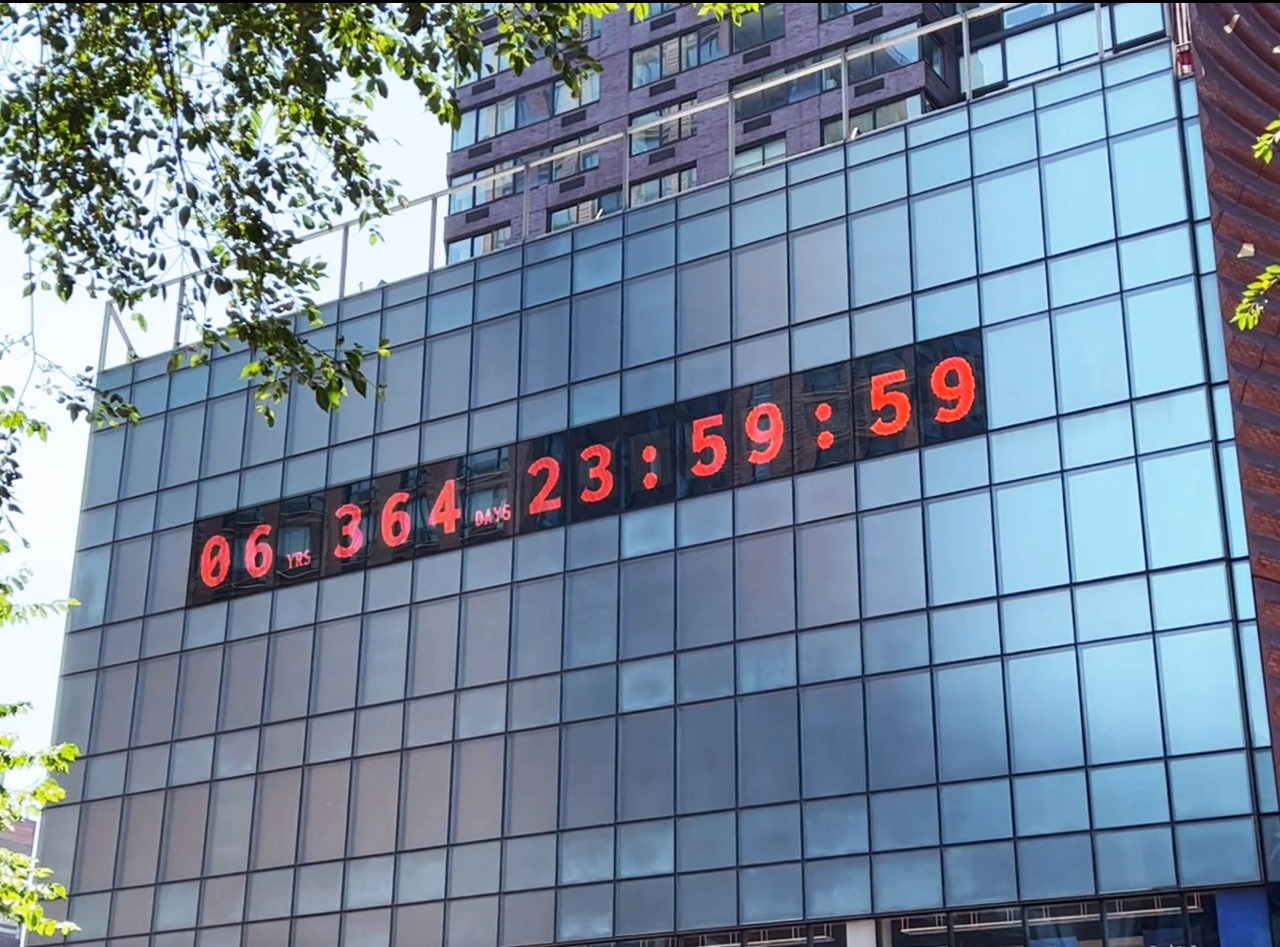By: Saima Sammar
Global warming, first identified by scientists in the early 20th century, emerged through detailed analyses of temperature shifts, precipitation changes, and extreme weather events. Over time, climate experts attributed these trends to human activities, particularly those associated with the Industrial Revolution.
In response to growing concerns, the Intergovernmental Panel on Climate Change (IPCC) was established in 1988 by the World Meteorological Organization (WMO) and the United Nations Environment Program (UNEP). Its findings have consistently emphasized the significant role of human activity in driving climate change.
One initiative to raise public awareness is the Climate Clock, which began as a manual device to track rising temperatures. It evolved in 2015 into a global project, providing a visual countdown to critical temperature thresholds. The clock highlights when global warming is expected to reach a 1.5°C increase, a level scientists warn could trigger severe environmental consequences. As of April 2024, the clock predicts this threshold will be reached by July 21, 2029, with current warming at 1.297°C. The Climate Clock, hosted by Concordia University’s Human Impact Lab, serves as a stark reminder of humanity’s narrowing window for action.
In September 2020, artists and activists repurposed the Metronome installation in Union Square, New York City, to display the Climate Clock. This installation, created by Gan Golan, Katie Peyton Hofstadter, Adrian Carpenter, and Andrew Boyd, underscores the urgency of addressing climate change. At its debut, the clock indicated just over seven years to avoid catastrophic global warming. Unlike the Doomsday Clock, which encompasses multiple existential risks, the Climate Clock focuses solely on the countdown to climate disaster. Swedish environmental activist Greta Thunberg played a significant role in the project and was presented with a handheld version of the clock as a symbol of her advocacy.
In addition to its countdown, the New York Climate Clock features a second indicator showing the percentage of global energy sourced from renewables. This addition highlights the critical need to transition away from fossil fuels and adopt sustainable energy solutions to mitigate the worsening impacts of climate change.


